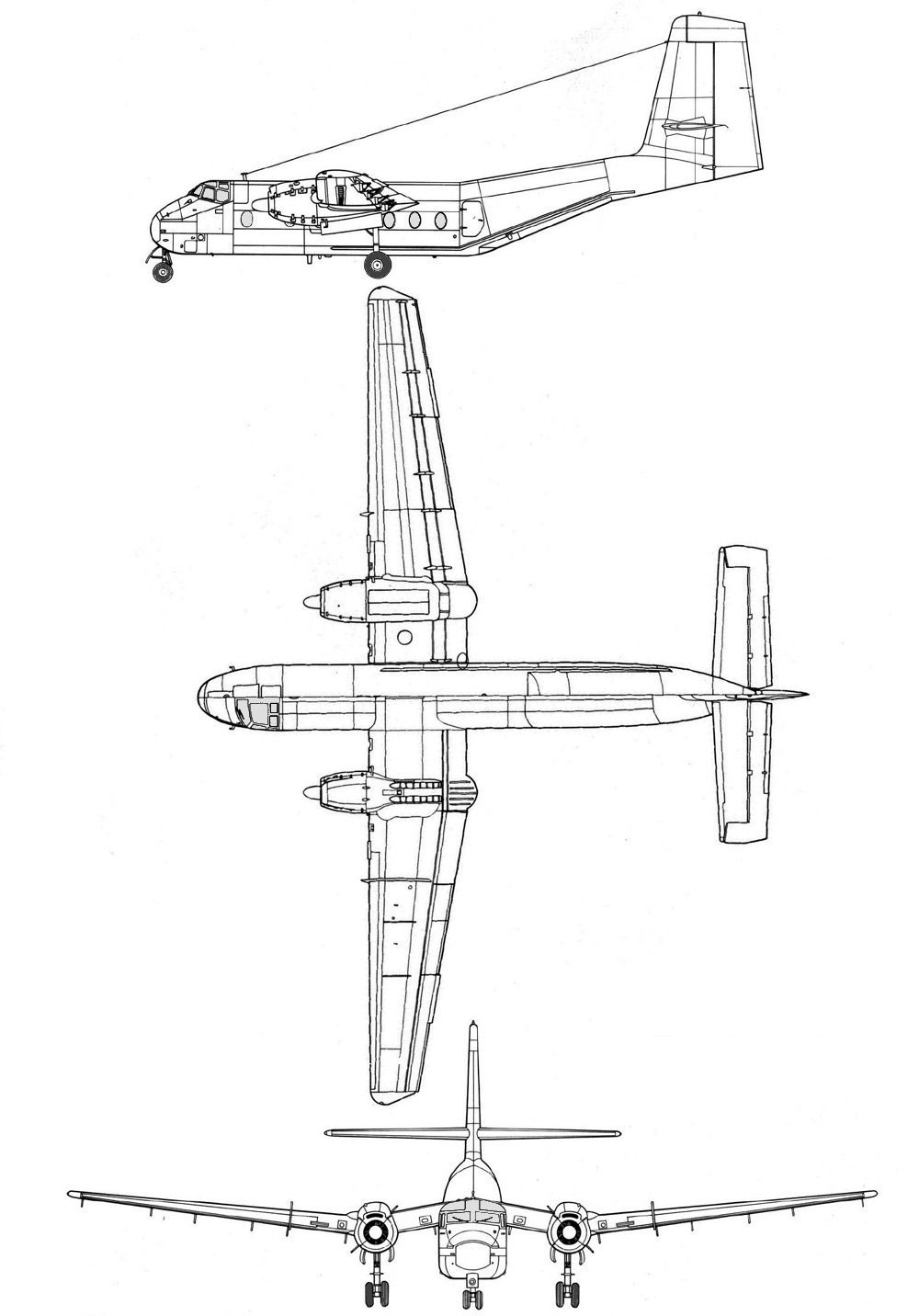Developed as a front-line support cargo aircraft, the Caribou was designed to use improvised runways to quickly make supply runs to forward bases.
Developed by De Havilland Aircraft of Canada, Ltd., in cooperation with the Canadian Department of Defense, the DHC-4 Caribou prototype first flew in July 1958. This twin-engine, tactical transport combined a spacious, box-like fuselage with a high, inverted gull wing and a large upswept tail. It was designed for performing airlift missions to forward battle zones where short, unimproved airfields required the capability to take off and land in very short distances. The Caribou could carry either twenty-six fully equipped paratroops, thirty-two fully equipped ground troops, twenty-two wounded on stretchers or up to 8,740 pounds of cargo, including vehicles. This aircraft played a crucial role providing resupply of isolated Army outposts throughout Southeast Asia during Vietnam.

Serial Number: 63-9757
Manufacturer: De Havilland Aircraft
Crew: Three
Engines: Two Pratt & Whitney R-2000-7M2 reciprocating; 1,450 horsepower each
Wingspan: 95 feet 7 inches
Length: 72 feet 7 inches
Height: 31 feet 8 inches
Weight: 28,500 pounds (maximum)
Speed: 152 mph (cruising); 216 mph (maximum)
Range: 1,175 miles
Service Ceiling: 24,800 feet
Armament: None
Cost: $800,000
Hill Air Force Base repaired, maintained and stored the Pratt & Whitney R-2000 engine used in the C-7. Furthermore, a Utah detachment of the United States (US) Army Reserve operated the C-7 from Salt Lake City for some time.
This C-7B transferred to the US Air Force in December 1966 from the Army’s 17th Aviation Company at Phu Cat Air Force Base (AFB), South Vietnam. In January 1967, it was assigned to the 483rd Troop Carrier Wing (Medium) of the Pacific Air Forces, headquartered at Cam Ranh Bay AB, but it remained at Phu Cat with the 537th Tactical Airlift Squadron (TAS). While with the 537th TAS, the aircraft was used to airdrop supplies to various ground units in forward areas. Hill Aerospace Museum received this C-7B in 1991. In 2005, it was repainted to match its appearance while flying with the 537th TAS in Vietnam.
Developed as a front-line support cargo aircraft, the Caribou was designed to use improvised runways to quickly make supply runs to forward bases.
While a capable aircraft, the Caribou would eventually be replaced by the ubiquitous C-130 Hercules.
The Caribou had a maximum fuel range of 1307 miles.
The Caribou had a maximum lift capacity of 8,740 pounds.